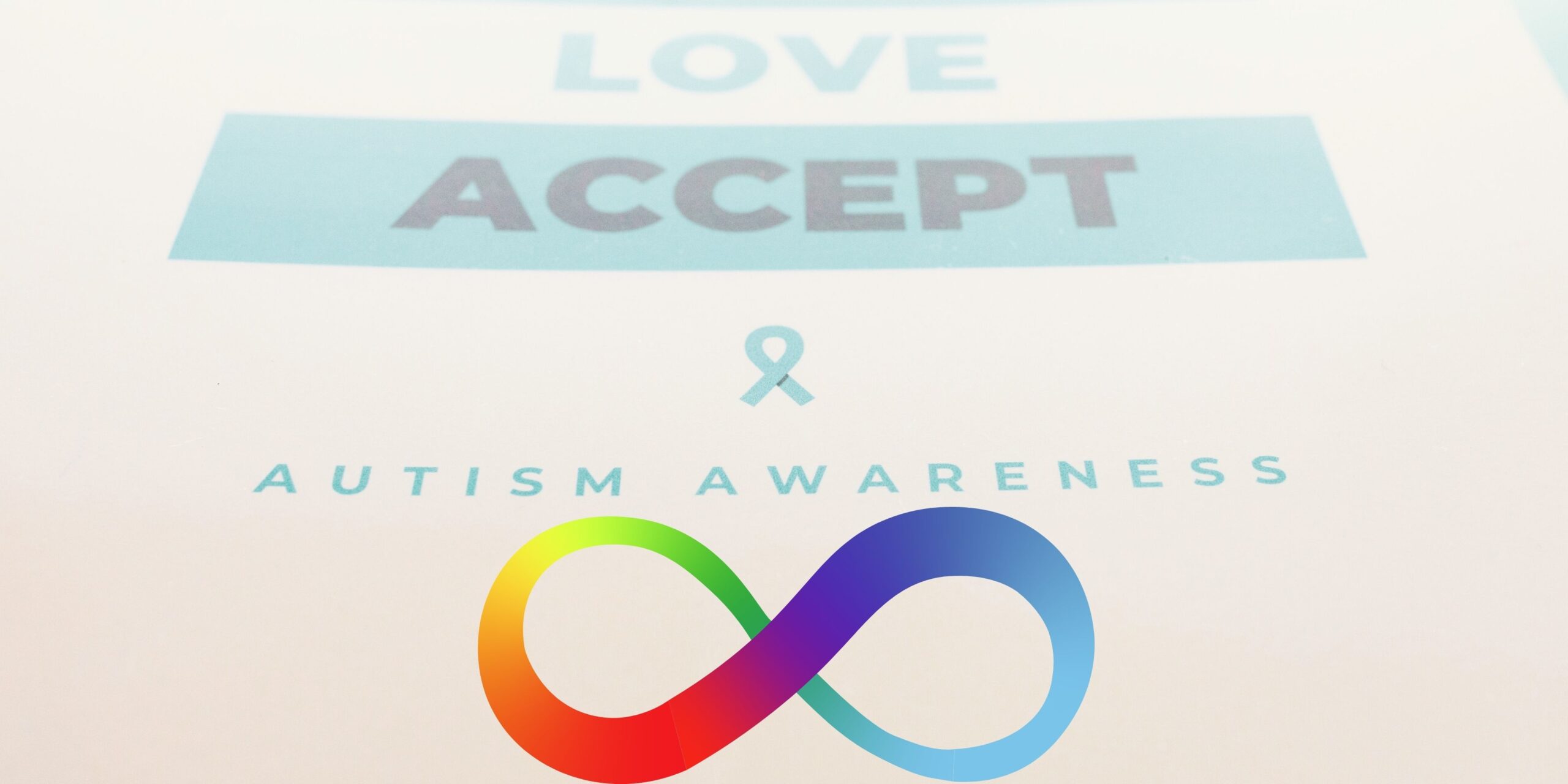Hello everyone! I wanted to get on the topic of autism and how we can support other children/adults who are autistic. I also wanted to talk about the signs that I saw that I noticed with my son before he was diagnosed with autism. Learning about autism made me realize somethings about myself and my struggles as a child and even into adulthood but that’s for another post!
Going back to my son, I learned about him having autism when he was about three years old. We got him evaluated at a school and then later going to his pediatrician. Some of the things that sparked me to get him evaluated were—
Nonverbal — I noticed that he was not speaking after his first birthday. I really didn’t make too much of a big deal about it at the time because I also did not talk when I was young. Not that I couldn’t speak but I just chose not too and wasn’t comfortable speaking unless it was my immediate family or If I felt comfortable.
Food/Sensory Issues — This was a big one I noticed very quickly. Both my children were breastfed, and it was something I was very dedicated with, with both of them. When transitioning and starting baby food, I noticed my son gagging with pretty much everything I was feeding him. At first, I thought it was just the flavors. Later seeing that it was both the flavor and also the texture that he just couldn’t handle.
Hand flapping/Stimming— As a baby and even till now at almost 6 years old, my son has always been a happy boy. Hand flapping was one thing he did the most. Especially when excited. I didn’t think anything different rather than him just being happy, but later understanding it is a stim. Stimming is a repetitive movement or can be sounds that are used to regulate emotions or if they are enjoying something. It’s just a part of who they are and what helps them.
Not walking or crawling— Not crawling was something I noticed pretty early on. You could just sit him somewhere and he wouldn’t move. Just would watch and enjoy the area he was in and being happy with where he was. When it got to the age of where he “should” start walking he just was not interested in it. He would use his walker but on his own would either just stand or sit. It was around almost the age of 2 that he started to begin his first steps.
When my daughter was born, I noticed that when she was starting to grow, she grew very fast, and she was hitting every single milestone. I am not one to compare but I did notice much more.
Now these are just some of the things I noticed and were more prominent with my son. Let’s get into what autism is and what it looks like. Keep an open mind that children/adults are all different which is why it is called a spectrum. They are all vastly different and that’s what makes them au-some!
What is autism? Autism is a neurological and developmental disorder. Which affects children/adults with interactions with others through communication, learning difficulties and sometimes behavioral difficulties as well. Adults and children with autism may also have repetitive movements called “stimming” or making sounds. Repetitive behaviors are also shown as well.
What does it look like? Autism looks different for all on the spectrum. Some may be high functioning or in other words – Level 1 where it can look less prominent but would still have problems with social interactions and even making friendships/relationships. Also, would probably not need as much support as someone who is level 2 or 3.
Level 2 can look like social difficulties and repetitive movements, and behaviors are a little more noticeable. They would probably need some kind of support in school settings and possibly into adulthood.
Level 3 is the more severe side of autism which requires more support. This can look like little to no social interactions, hard time transitioning during changes in routine, more prominent behaviors that are noticeable. This makes it extremely difficult for a child/adult to cope in daily life. Which is why supporting, educating and getting the proper help and resources is important for them to strive and have a happy and healthy life.
If you want to learn more about autism, I will highly suggest doing your research and educating yourself. Especially if you believe your child might be on the spectrum. Learning and educating ourselves is super important so we can advocate and give our children the best life possible where they can still feel loved, accepted and seen.
Autism is not the end of the world… I have heard it as being the worst thing that could happen, but God made them that way for a reason and purpose.
Is it hard? Absolutely. Will it be difficult for them and yourself? Yes, but educating and learning about it and how to support your child is incredibly important for them to strive and live a long and happy life.


